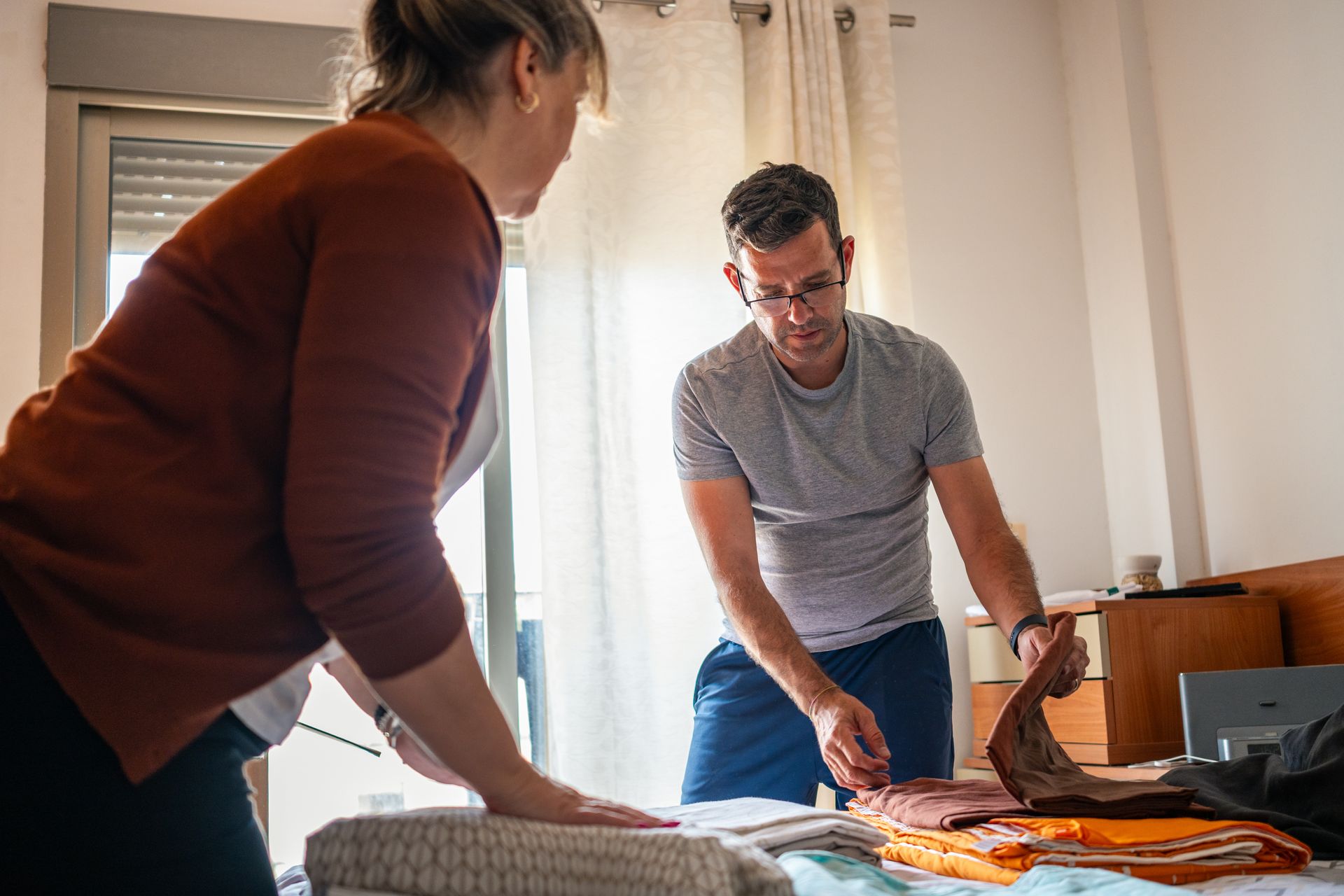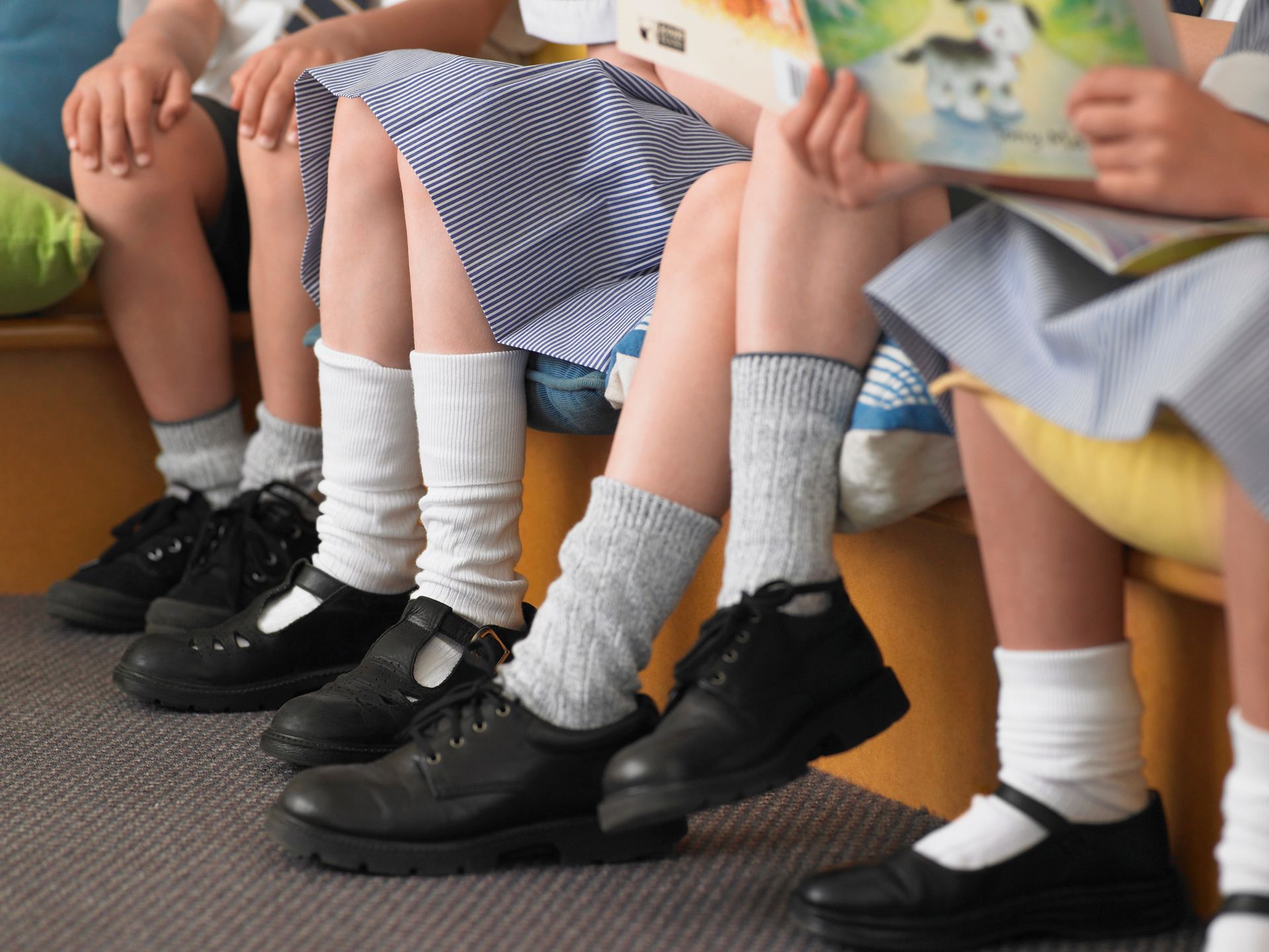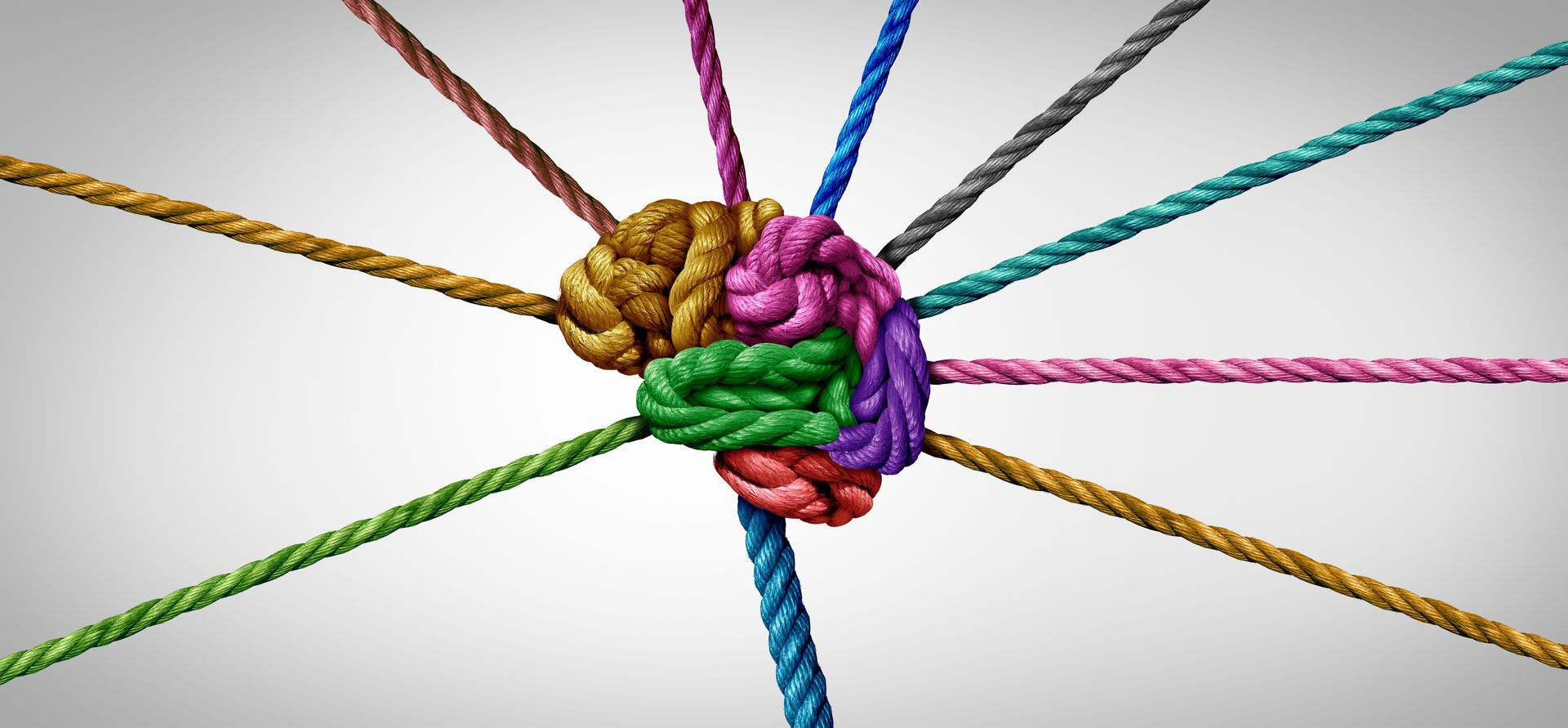Tharon’s Thoughts: Why Body Doubling Is a Lifeline, Not a Luxury


By Tharon
Neurodivergent Consultant at helpz
For many neurodivergent people, including those with autism or ADHD, body doubling is not just a helpful strategy. It’s a necessary support that enables us to function, regulate, and engage with the world around us. Whether it’s completing household tasks or navigating complex social situations, body doubling provides the structure and safety we need to thrive.
What Is Body Doubling?
Body doubling is the practice of having someone physically present while you complete a task or navigate a situation. This person acts as a regulatory anchor, helping reduce stress, increase motivation, and support executive functioning. Their presence alone can make a significant difference.
It’s not a preference—it’s a physical and emotional need. Much like medication, body doubling can be a therapeutic tool that helps us manage daily life.
Body doubling is especially effective for:
- Executive dysfunction: Difficulty initiating or completing tasks
- Task paralysis: Feeling overwhelmed to the point of inaction
- Demand avoidance: Resistance triggered by perceived pressure
These challenges are often misinterpreted as laziness. But they’re rooted in neurological differences. Body doubling helps “kickstart the engine” when we stall.
What Does It Look Like?
Body doubling can take many forms:
- A support worker sitting nearby while you fold laundry
- A friend cooking alongside you
- A colleague present after a stressful meeting
- Someone saying, “I’ll grab the bag, you pick up the rubbish”—a shared task with implied support
The key is trust and comfort. The body double acts as a safeguard, a relief valve, or a motivational anchor. Their presence can make tasks feel less daunting and more achievable.
Body Doubling in Social Situations
Neurodivergent individuals often experience difficulty recognising and interpreting unspoken social boundaries. We will leap frog across social boundaries because we do not know where the boundaries often lie, we do not see it. Most of the time we do not realise we are doing it. If we understand a boundary, we’ll respect it. But if it’s invisible or unclear, we may forget it exists. This isn’t defiance, it’s a difference in perception and processing.
One of the most critical applications of body doubling is in social outings. For many neurodivergent people, public spaces and social interactions can be overwhelming. Having someone nearby, a trusted friend, support worker, or family member, can make all the difference.
In these situations, the body double helps:
- Interpret social cues and guide appropriate responses
- Reduce sensory overload by offering emotional grounding
- Navigate unfamiliar environments like shopping centres, restaurants, or events
- Provide reassurance during moments of anxiety or uncertainty
For example, I can go shopping alone, but it’s exhausting. With someone beside me, the process is smoother, faster, and less draining. Their presence helps me regulate, make decisions, and recover more quickly afterward.
Awareness and Consent
Many autistic people don’t realise they’re asking for body doubling. They may simply ask for help without knowing why. Others may not ask at all, relying on you to notice signs of distress or task paralysis.
Asking for permission to help can sometimes trigger demand avoidance. If you’re a trusted person or a paid support worker, your help may be implicitly welcomed. Still, it’s important to approach gently and observe non-verbal cues.
Can It Be Faded Out?
Yes, and no. While body doubling is always helpful, it’s not always available. We can teach alternative strategies to support regulation and task engagement, such as:
- Martial arts kata or physical movement
- Visual supports like checklists or routine boards
- Mindful meditation and sensory tools
- Breathing techniques to centre yourself and slow down
- Gamifying tasks to make them more rewarding
These strategies can reduce reliance on body doubling, but they don’t replace it. Body doubling remains one of the most effective supports available.
Reducing the Need to Mask
Body doubling also reduces the need for masking, the exhausting effort to hide neurodivergent traits to fit in. Masking is traumatic and draining. Having a body double helps us navigate situations authentically and safely.
Final Thoughts
Body doubling is not a luxury, it’s a support need. Without it, many of us regress. With it, we thrive. As a support person, it may seem like a small thing, and not much, but from our perspective it is significant and makes a huge difference and is extremely impactful in improving our lives. If you support a neurodivergent person, consider how your presence can be a powerful tool for regulation, motivation, and connection, especially in social settings.
We may not always verbalise our needs, but we’re communicating. Look for the cues. Be present. And know that your support makes a real difference.
For further information about these topics and more, join our upcoming webinar or training modules.







